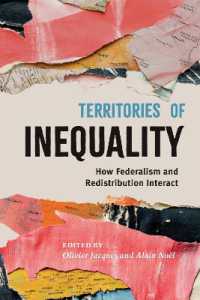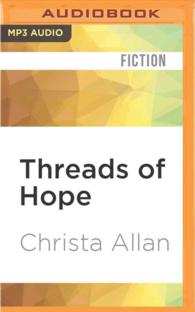Full Description
The application of a "committee of experts" or ensemble learning to artificial neural networks
that apply unsupervised learning techniques is widely considered to enhance the effectiveness
of such networks greatly.
This book examines the potential of the ensemble meta-algorithm by describing and testing a
technique based on the combination of ensembles and statistical PCA that is able to determine
the presence of outliers in high-dimensional data sets and to minimize outlier effects in the final results.
Its central contribution concerns an algorithm for the ensemble fusion of topology-preserving
maps, referred to as Weighted Voting Superposition (WeVoS), which has been devised to improve data exploration by 2-D visualization over multi-dimensional data sets. This generic algorithm is applied in combination with several other models taken from the family of topology preserving maps, such as the SOM, ViSOM, SIM and Max-SIM. A range of quality measures for topology preserving maps that are proposed in the literature are used to validate and compare WeVoS with other algorithms.
The experimental results demonstrate that, in the majority of cases, the WeVoS algorithm
outperforms earlier map-fusion methods and the simpler versions of the algorithm with which
it is compared. All the algorithms are tested in different artificial data sets and in several of the most common machine-learning data sets in order to corroborate their theoretical properties. Moreover, a real-life case-study taken from the food industry demonstrates the practical benefits of their application to more complex problems.
Contents
1 Introduction.- 2 Modelling Human Learning: Artificial Neural Networks.- 3 The Committee of Experts Approach: Ensemble Learning.- 4 Use of Ensembles for Outlier Overcoming.- 5 Ensembles of Topology Preserving Maps.- 6 A Novel Fusion Algorithm for Topology-Preserving Maps.-7 Conclusions.








